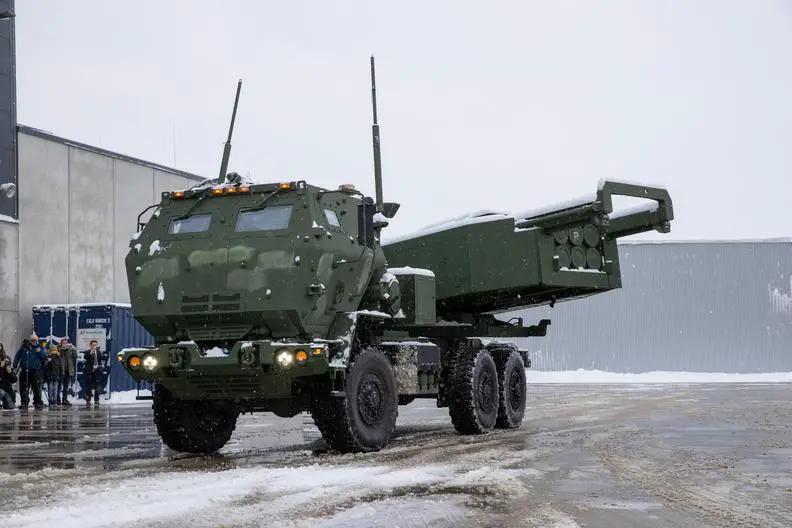HIMARS Systems in Estonia: Strategic Military Acquisition
Estonia has officially welcomed six new High Mobility Artillery Rocket Systems (HIMARS) from the American defense contractor Lockheed Martin. The transfer took place at the company’s headquarters in Arkansas, marking a significant milestone in Estonia’s defense capabilities. This acquisition follows a substantial $200 million contract that was signed in December 2022 between the US Defense Security Cooperation Agency and the Estonian Defence Investment Center (RKIK). This deal stands as one of Tallinn’s most considerable defense procurements to date.
The HIMARS package not only includes the rocket systems but also encompasses ammunition, communication solutions, training, logistics, life cycle support, and a variety of missiles with differing ranges. With the systems expected to be operational by this summer, they are poised for immediate deployment. Estonian troops have already participated in pre-delivery training alongside the American HIMARS target unit known as “Võit.” RKIK Director General Magnus-Valdemar Saar emphasized the importance of this partnership, stating, “Developing such a strategic capability in collaboration with our largest ally, the United States, and achieving delivery in just two years is a vivid example of mutual trust and excellent cooperation.”
The procurement of HIMARS systems by Estonia comes amid rising regional security concerns, particularly in light of the ongoing Russia-Ukraine conflict. Other nations in the region, including Latvia, Lithuania, Poland, and Croatia, have similarly bolstered their military capabilities with the acquisition of HIMARS, highlighting a collective response to the heightened threat landscape.
Combat Proven
Lockheed Martin’s HIMARS systems represent a modern mobile artillery platform, designed for versatility and rapid engagement of enemy targets. Each HIMARS unit can carry a combination of six Guided Multiple Launch Rocket System (GMLRS) rockets, two precision strike missiles, or a single Army Tactical Missile System (ATACMS) missile. This flexibility allows the system to engage targets located up to 300 kilometers (approximately 186 miles) away, with the potential for extended ranges of over 499 kilometers (310 miles) depending on the type of munition used.
The effectiveness of HIMARS was notably demonstrated during the Ukraine conflict, where the system was employed to successfully destroy 50 Russian ammunition depots throughout 2022. However, recent reports have suggested that Russian jamming tactics have compromised the system’s effectiveness, rendering it less reliable in certain combat scenarios. Despite these challenges, the HIMARS remains a crucial asset for nations aiming to enhance their artillery capabilities in the face of evolving security threats.







